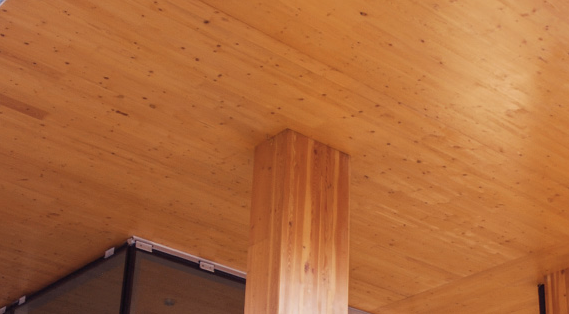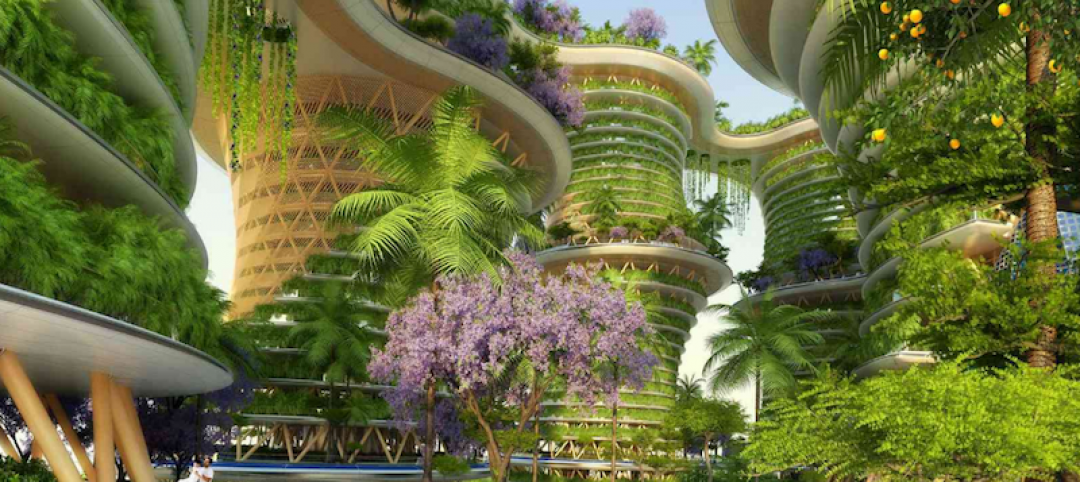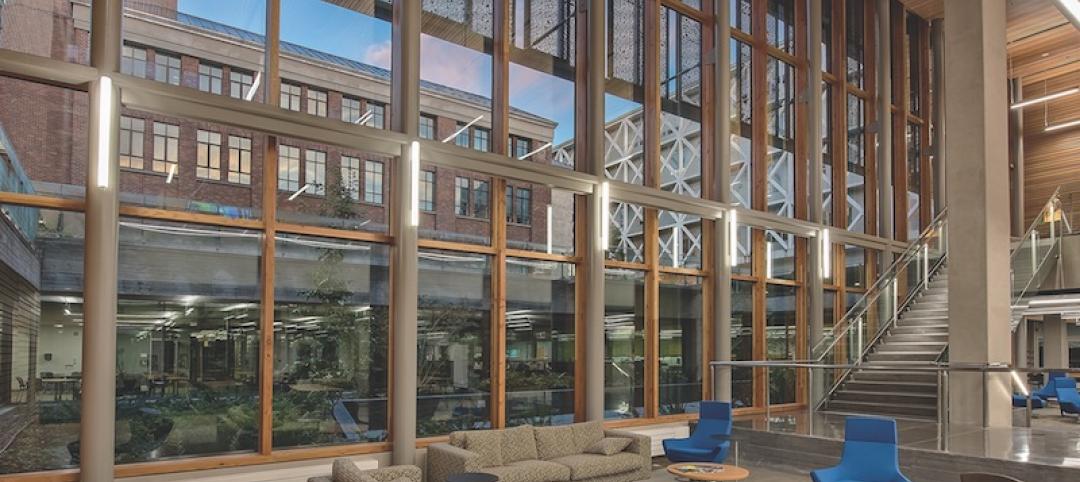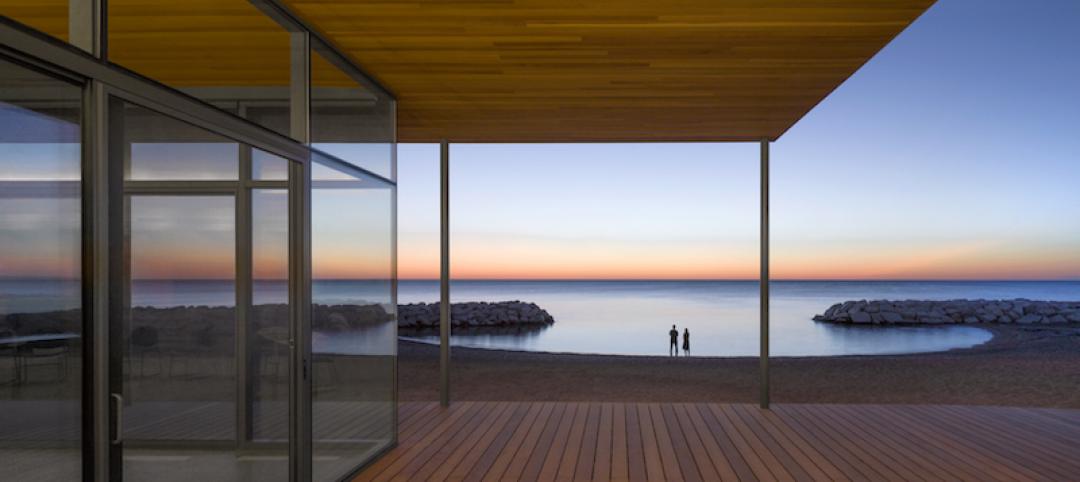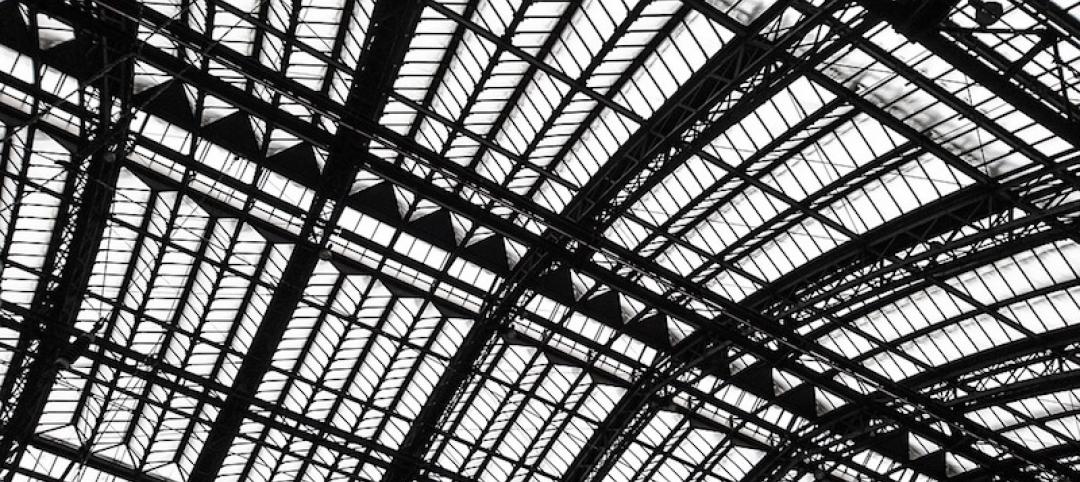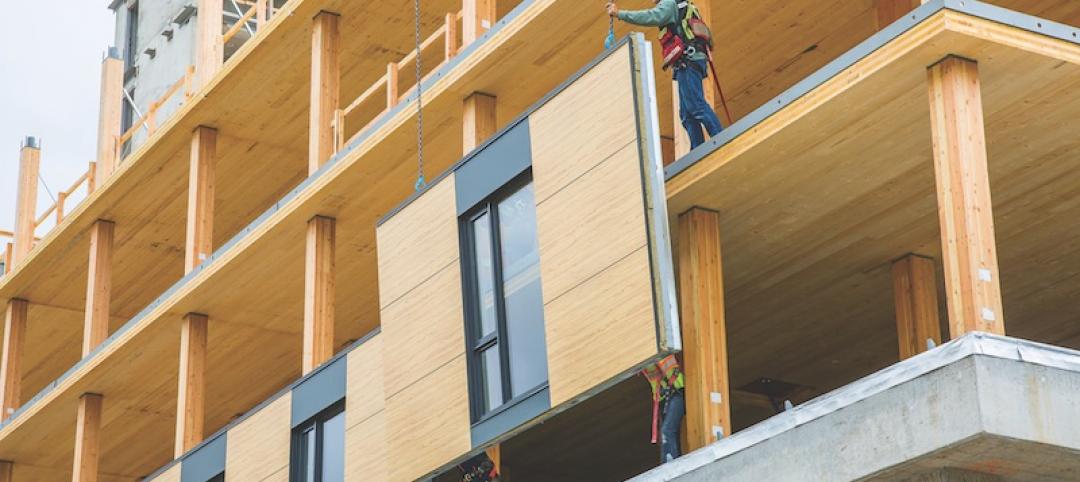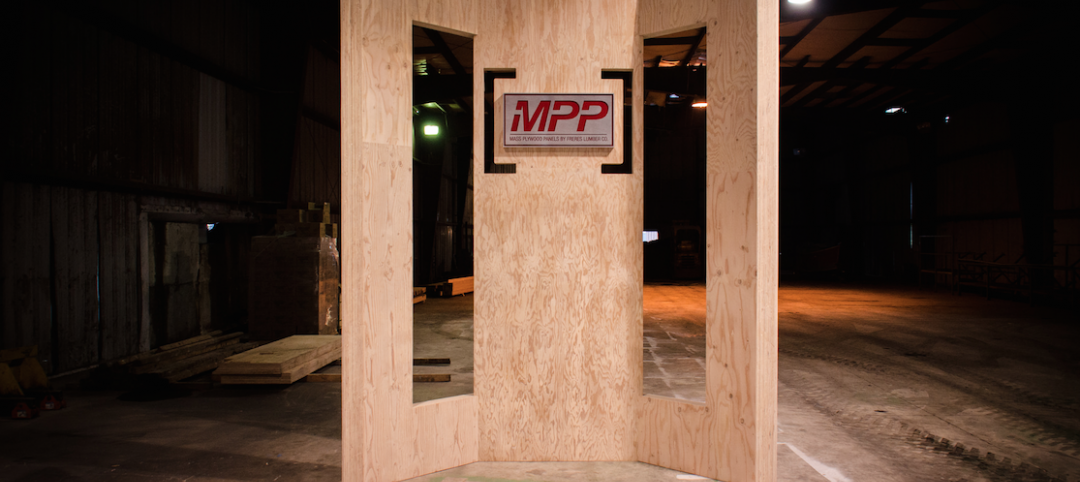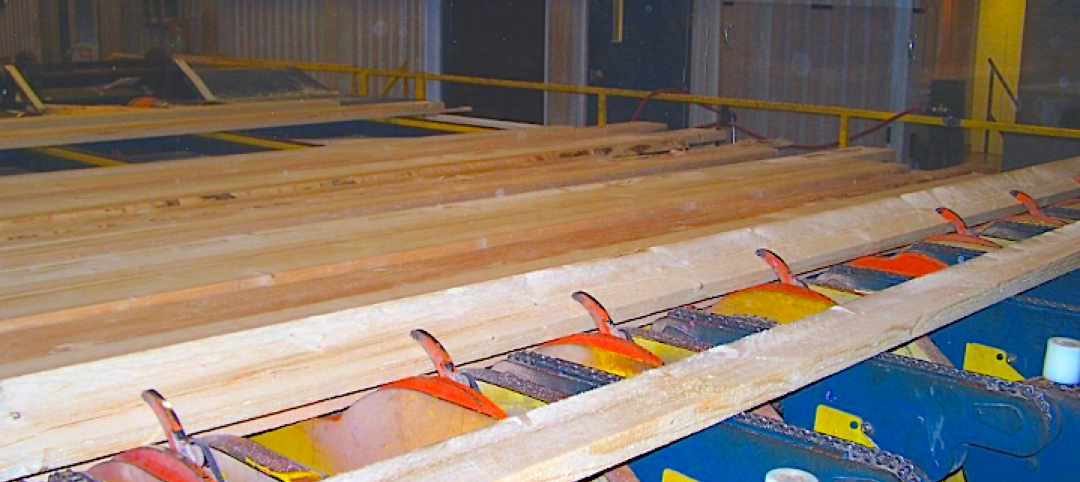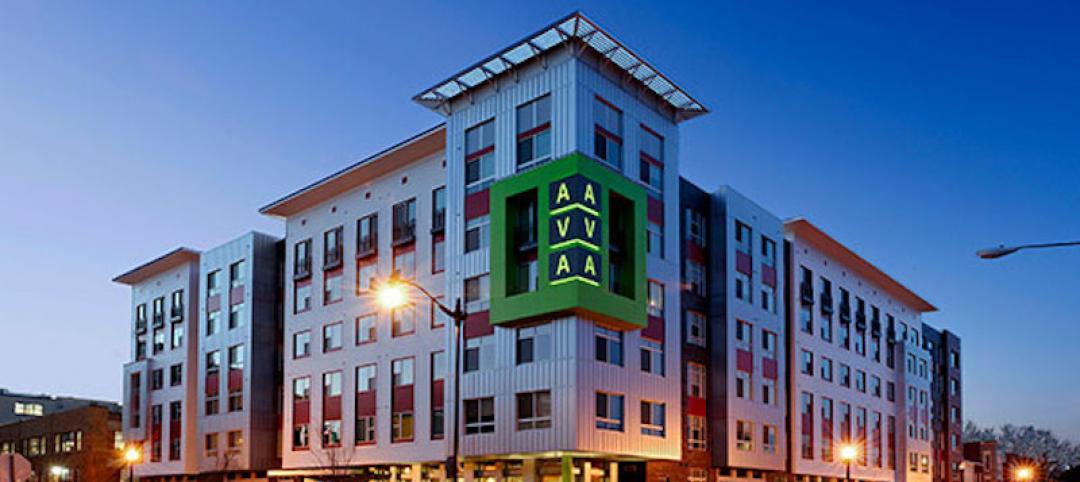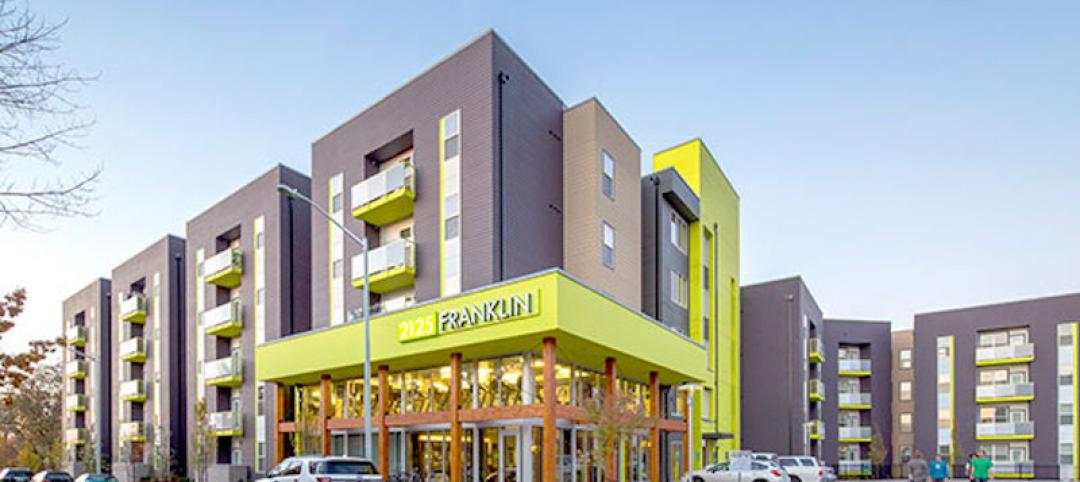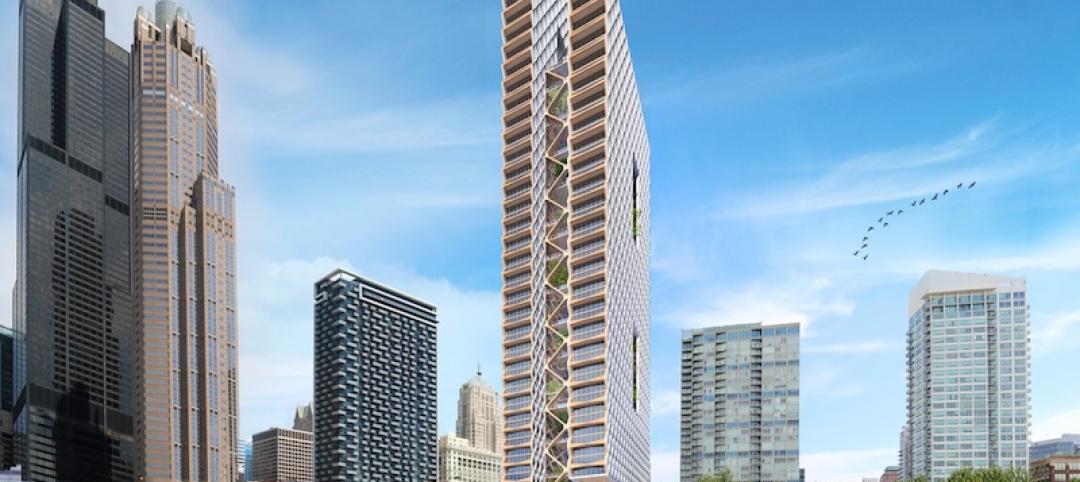Judging by the outcome of the International Code Council (ICC) Group A Committee Action Hearing, April 15-23, in Columbus, Ohio, it’s likely that we will be seeing more and taller mass timber buildings across the country very soon. At that hearing, 14 code proposals related to new and taller types of mass timber construction were recommended for approval by the broader ICC membership this fall.
The ICC’s move is historic. Though mass timber construction isn’t new to the building code community, having already been included in the International Building Code (IBC) as Type IV-Heavy Timber, the trend toward considerably taller wood buildings was so clear that the ICC moved in 2015 to keep the IBC relevant in the marketplace by updating the code.
Successful mass timber buildings of up to 18 stories have already been approved by local officials in the United Kingdom, Norway, and Canada. In the United States, at least 35 tall mass timber buildings, ranging from 7 to 24 stories, are pending approval in 21 different jurisdictions.
At the heart of the Committee’s proposals are three new kinds of Type IV mass timber construction, offering design options well beyond the current limits for heavy timber under the code.
With the market clearly responding to mass timber, the obvious question was: Will the model code be prepared? By appointing the “Ad Hoc Committee on Tall Wood Buildings” from the code official, fire service, regulatory, engineering, architectural and building materials communities, the ICC launched a two-year process to assess the science of mass timber, to field additional research, and to propose any code changes necessary to ensure the strength and safety of tall mass timber buildings.
At the heart of the Committee’s proposals are three new kinds of Type IV mass timber construction, offering design options well beyond the current limits for heavy timber under the code.
When passed by the ICC membership, the updated IBC will define Type IV-A, Type IV-B and Type IV-C “Mass Timber” construction with heights ranging to a maximum of 18 stories. Importantly, each new type of construction has hourly fire resistance ratings more robust than concrete/steel buildings of comparable heights and area.
Type IV-A, from 1 to 18 stories, requires non-combustible protection on all mass timber elements. Type IV-B, from 1 to 12 stories, permits limited exposure of mass timber elements when spaced adequately. Type IV-C. from 1 to 9 stories, permits exposed mass timber elements like what’s permitted under Type IV Heavy Timber in the current code. Type IV-C also keeps the current code’s Heavy Timber height limit.
All new Type IV requirements prohibit combustible material on exterior walls and require non-combustible protection for all concealed spaces, shafts and exit enclosures. Dual water supplies are also required for fire sprinklers on mass timber buildings over 120 feet, usually 8-12 stories.
It’s not surprising that the Committee proposals focused on providing reassurance that tall mass timber buildings meet or exceed the standards in the fire code. The inherent fire resistance of mass timber, where charring in a fire event creates a barrier that protects the inner wood structure, has long been understood. Indeed, testing by Underwriters Laboratory, Southwest Research Institute and the National Research Council of Canada has clearly demonstrated how charring of mass timber elements offers a reliable and predictable measure of fire performance.
But building taller required another look. Testing of full-scale mass timber structures in 2017 at the U.S. Government’s ATF Fire Research Laboratory helped establish the code requirements. Conducted without intervention by fire sprinklers, Type IV-A (fully protected) self-extinguished after 3 hours with no significant charring. Type IV-B (partially protected) concluded at 4 hours when it self-extinguished. Type IV-C (fully exposed) also self-extinguished at 4 hours.
The ICC code changes supported by this testing will usher in a new era in the construction of buildings in the low to mid-rise market. New options abound. Already, significant investment in the production of cross laminated timber (CLT) panels, the most popular mass timber application, has made tall mass timber buildings of up to 18 stories a cost-effective option for builders. Operating under the same ANSI quality standards, the supply chain is continuing to expand. With this growth, the market is already seeing lower costs and new products.
While widespread use of mass timber is good news for the economies in timber producing regions of the country, it also promises some distinctive benefits for builders, communities and the environment.
Builders, pressured by persistent labor shortages, are finding a wider pool or workers able to safely install mass timber panels. They also report significant labor savings and more efficient and safe job sites. Construction times are reduced by “just-in-time” delivery to job sites and quick installation of panels.
Of course, communities experience less noise and dislocation during construction and, by avoiding the usual stockpile of dimension lumber on site, fire risks are reduced. The positive environmental attributes of mass timber buildings, include a low energy intensity during manufacturing, superior energy efficiency in mass timber structures, and better management of a renewable resource.
However, it remains to be seen how the emergence of tall mass timber buildings will impact the built environment. Certainly, the buildings already completed have been well received. Many builders, architects, and engineers are optimistic. They note that favorable strength-to-weight ratios in mass timber opens new options.
How that future unfolds is unclear. But there can be little doubt that the emergence of tall mass timber buildings represents a paradigm shift for the construction community.
Related Stories
Sustainability | Apr 4, 2017
Six connected CLT towers create an urban forest in India
The mixed-use towers would each rise 36 stories into the sky and connect via rooftop skybridges.
Wood | Mar 16, 2017
Wood wall system delivers that rich, natural look
The use of Douglas fir glulam beams can obviate the need for steel beams, even for walls up to 14 feet in height.
Wood | Mar 2, 2017
These are the 2017 WoodWorks Wood Design Award winners
Winners were selected in categories such as wood school design, commercial wood design, wood in government buildings, and green building with wood.
Wood | Jan 13, 2017
Steel and concrete's take on tall wood
The American Institute of Steel Construction contends that the steel industry is a “world leader” in using recycled material and end-of-life recycling, and has made strides to lower greenhouse gas emissions below regulatory requirements.
Game Changers | Jan 12, 2017
Mass timber: From 'What the heck is that?' to 'Wow!'
The idea of using mass timber for tall buildings keeps gaining converts.
Wood | Nov 1, 2016
Oregon lumber provider unveils mass plywood panel for tall wood structures
Designed as an alternative for cross laminated timber (CLT), MPP is a large-scale plywood panel with maximum finished panel dimensions up to 12 feet wide by 48 feet long and up to 24 inches thick.
Wood | Nov 1, 2016
Norway Spruce approved for wall studs, floor and ceiling joists, industrial applications
The species is first new U.S.-grown softwood to be tested for strength values since 1920s.
Sponsored | Wood | Oct 26, 2016
Compelling conversations about wood: East and West Coast regional challenges
Fast-rising designers Ben Kasdan and Blake Jackson offer candid perspectives from both coasts on the merits—and challenges—of designing with wood and compare notes on how architects can change perceptions by dreaming big and pushing boundaries.
Sponsored | Wood | Oct 13, 2016
Engineered wood provides sustainable options, cost savings, and design flexibility
Designers choose engineered wood to deliver strength, stability, and a sustainable solution for complex structural designs
Wood | Oct 13, 2016
Concept from Perkins+Will could become the world’s tallest timber tower
River Beech Tower is said to be a part of a masterplan along the Chicago River.


